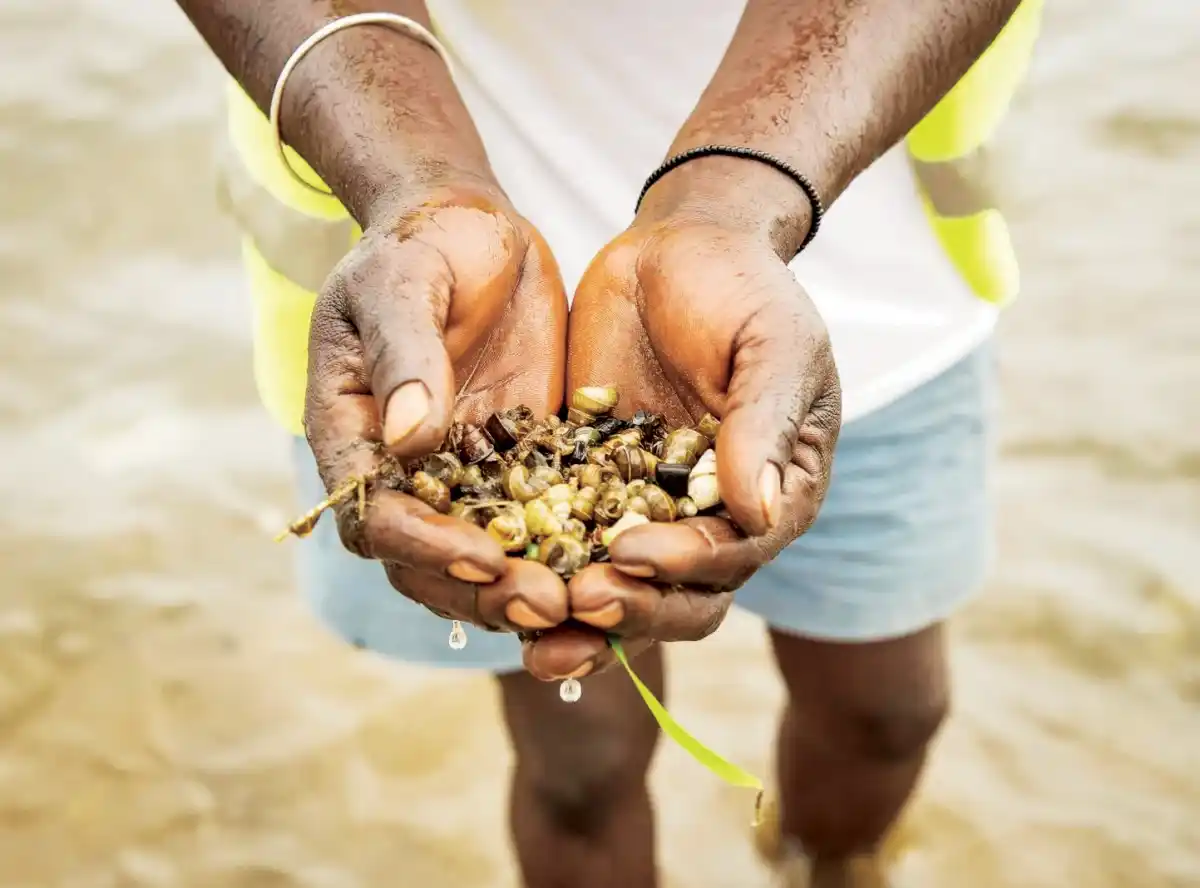
By Daniel Zimba:
In the idyllic locality of Samama in Mangochi District, a pressing health crisis unfolds.
Health experts have classified Samama as a hotspot for Schistosomiasis, more commonly known as bilharzia or snail fever, as indicated by the ongoing studies by the Malawi Liverpool Wellcome Programme (MLW).
The World Health Organisation (WHO) defines Schistosomiasis as a parasitic disease caused by flatworms called schistosomes or blood flukes, which thrive in freshwater snails and infect humans and animals through contaminated water.
Research by the organisation indicates that Schistosomiasis is particularly prevalent in tropical and subtropical regions, especially within impoverished communities such as Samama. Here, an estimated 5,550 residents have been struggling to access clean water and adequate sanitation.
The community primarily relies on fishing and farming, utilising water from Lake Malawi and the Shire River.
Mary Austin, a longtime resident, highlighted the severity of bilharzia’s impact on her community. A mother of three, Austin attributed this to years of using contaminated water sources.
She admitted that the community mistakenly normalised the disease until 2023 when MLW launched a research project in the area.
“Bilharzia has been a persistent health challenge for us,” Austin said.
She recounted a shocking moment when she noticed blood in her urine, which a hospital visit confirmed it was bilharzia.
“Within the same week, my child showed similar symptoms, leading to another hospital trip and diagnosis, but for the condition to completely heal, it could take close to a year,” she said.
She said the situation in the community worsens with seasonal flooding from Lake Malawi.
Flora Majawa, a Health Surveillance Assistant at Mpondasi Health Centres, said the bilharzia affecting the community is particularly slow to heal—a matter under scrutiny by MLW researchers.
Majawa said that health authorities are actively working to educate residents about the dangers of using lake water for everyday needs and stress the importance of seeking medical attention for any symptoms.
“Despite our efforts to educate the public, fishing remains a key economic activity, and many still do not grasp the severe risks posed by the disease,” Majawa said.
She added: “Initially, we provided a single course of medication for bilharzia, but after realizing it wasn‘t sufficient, we‘ve now started administering treatment twice yearly, even for those without symptoms to enhance community protection as a result we see an improvement because reported cases per month have dropped by about 50 percent.
“Bilharzia is dangerous; it can lead to infertility and severe complications in organs such as the liver, particularly among children who often play in contaminated water,” Majawa said.

Under MLW’s research initiative, known as Hybridisation in Urogenital Schistosomiasis (Hugs), the community has gained access to treated water provided by the Southern Region Water Board and boreholes drilled across the area.
MLW’s health research scientist Peter Makaula said Schistosomiasis is the focus of their ongoing research.
“Our study aims to investigate the hybridisation of schistosomes, which contributes to prolonged healing times. We are assessing the effects of these hybrids on control efforts,” Makaula said.
He said the findings from this research, expected to conclude by December 2025, are intended to support global initiatives to eliminate Schistosomiasis by 2030.
According to Makaula, Malawi has made limited progress in tackling the disease. The findings of the study will pinpoint gaps and provide recommendations for improvements to align with the global commitments.
The MLW is undertaking the research with support from the Malawi Government, Kamuzu University of Health Sciences (Kuhes), Liverpool School of Tropical Medicine (LSTM) and National Institute for Health Research (NIHR).
The research is taking place using 12 collection sites for the freshwater snails in Chikwawa, Nsanje and Mangochi districts.
Shadreck Kazira Wagi, a representative of Group Village Headman Khungwa, hailed the study for already showing positive results in managing bilharzia in the village.
He said that while the community is adapting to using clean water sources, the transition from traditional practices is a gradual process.
“With time, we see more residents recognizing the need to abandon contaminated water as they witness the health challenges their children face,” Wagi said.
According to WHO, bilharzia disease may cause long-term irreversible consequences, including infertility.
It says the disease disables more than it kills.
In children, schistosomiasis can cause anaemia, stunting and a reduced ability to learn.
“Chronic schistosomiasis may affect people’s ability to work and in some cases can result in death. The number of deaths due to schistosomiasis is difficult to estimate because of hidden pathologies such as liver and kidney failure, bladder cancer and ectopic pregnancies due to female genital schistosomiasis,” says WHO.








0 Comments